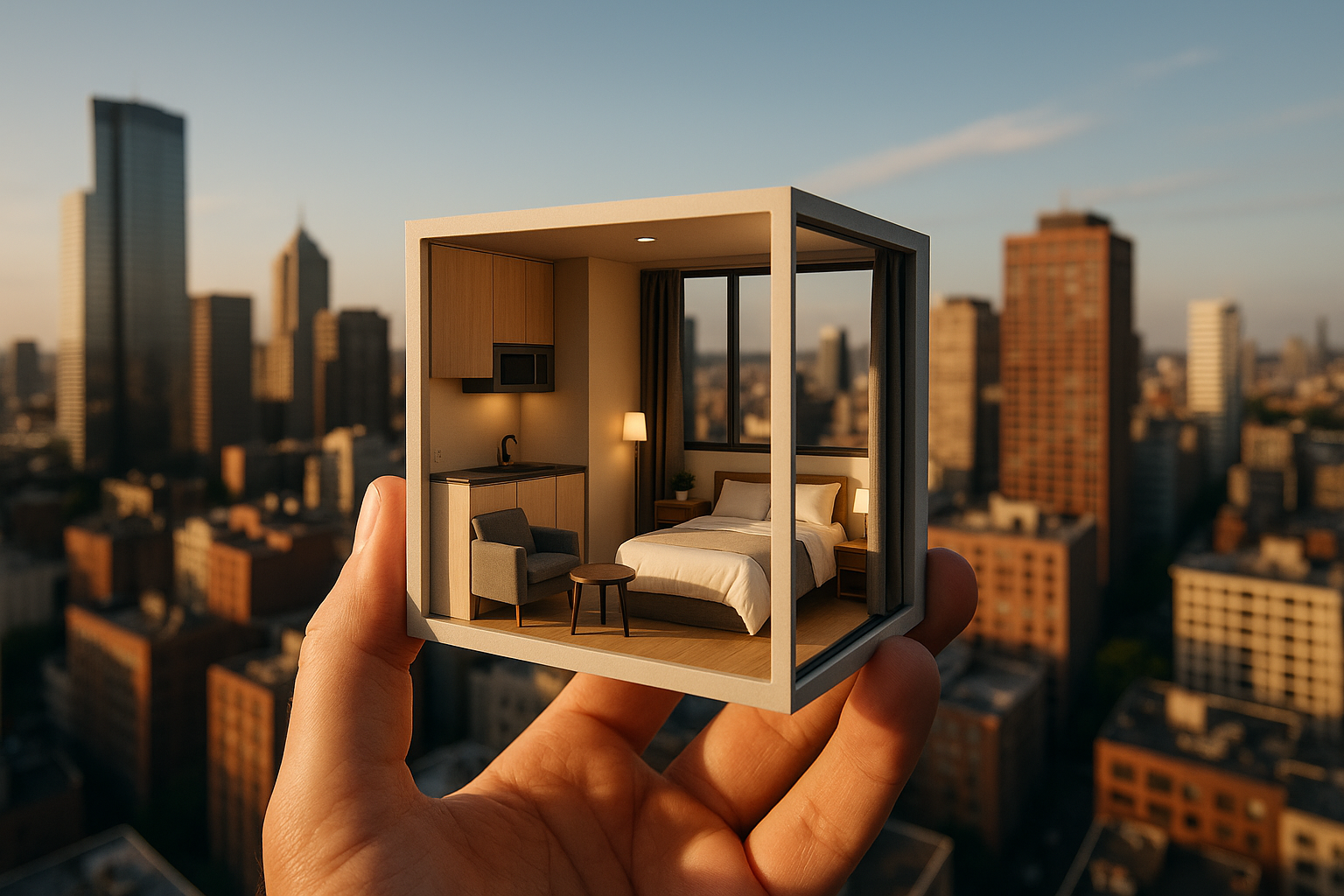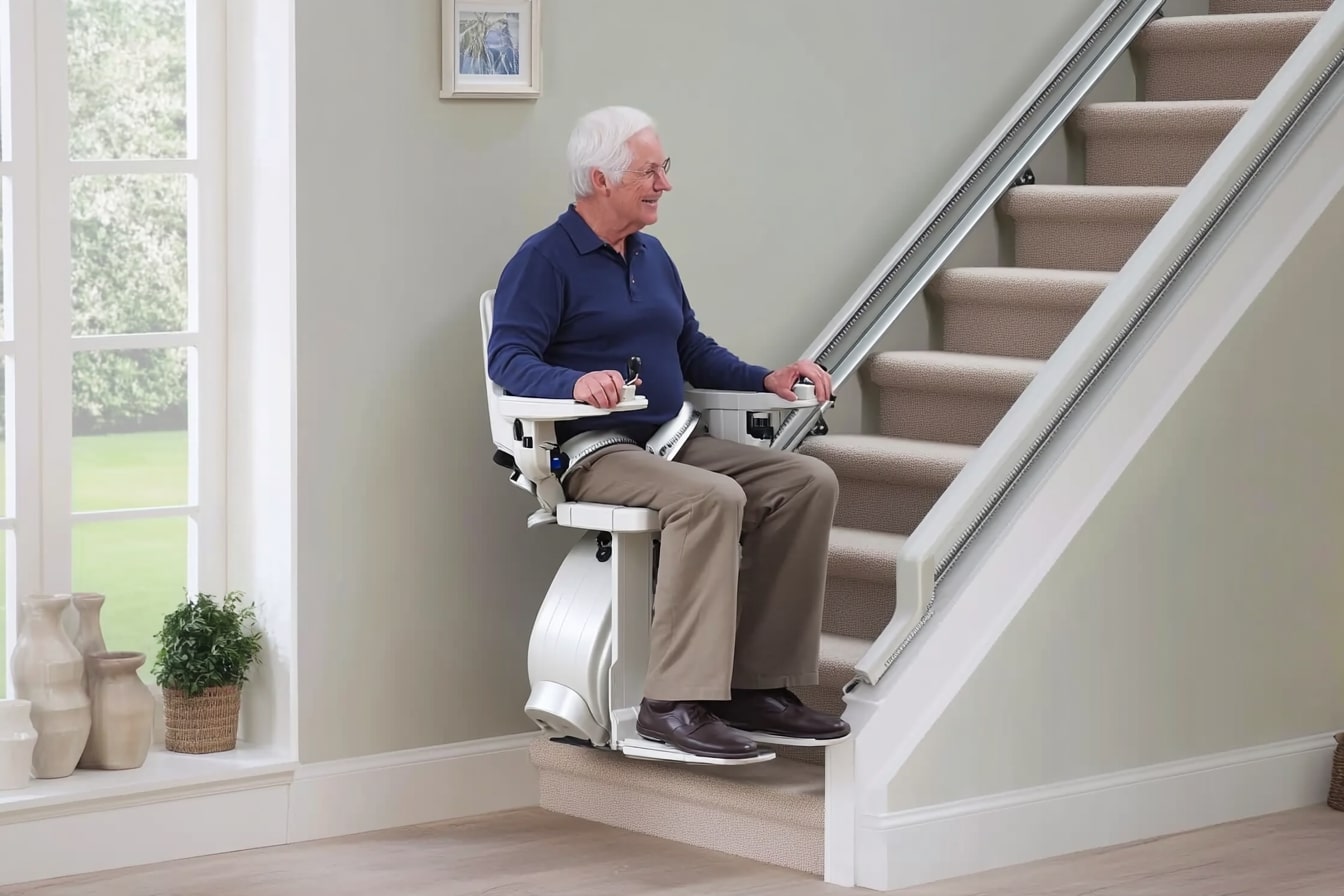Comfortable and Practical Two-Bedroom Senior Living Options in the U.S.
Finding a comfortable and functional home is a top priority when exploring senior living options. Two-bedroom residences remain a favored choice among older adults who want a harmonious blend of spaciousness, affordability, and supportive amenities. These homes are thoughtfully created with seniors in mind, offering a secure and friendly atmosphere while promoting personal independence.

Many older adults prefer two-bedroom layouts because they provide flexibility for daily life without the maintenance demands of a larger home. A thoughtfully designed second bedroom can serve as a guest room, hobby space, office, or future caregiver room, which helps residents adapt as needs change. In the U.S., communities increasingly offer two-bedroom apartments, cottages, and villas across independent living, assisted living, and continuing care settings, giving residents options to align space, services, and budget.
Why a Two-Bedroom Home Is a Smart Choice
A two-bedroom home gives couples and solo residents more choices. One room can support hobbies, telehealth appointments, or quiet reading, while the other remains for sleeping. Couples with different sleep schedules gain privacy, and hosting family becomes easier. The added square footage reduces clutter and the need for off-site storage. For some, a two-bedroom enables shared living with a friend or relative, which can reduce per-person costs and provide companionship while keeping individual space.
Senior-Focused Comfort and Design
Look for layouts built with mobility and safety in mind: zero-step entries, wider doorways, lever handles, slip-resistant flooring, and well-lit hallways. Bathrooms often feature walk-in showers, handheld wands, seating, and blocking for future grab bars. In kitchens, side-opening ovens, counter-height microwaves, and D-shaped pulls improve accessibility. Quiet HVAC, good insulation, and blackout shades support rest. Technology such as emergency call systems, video entry, and optional motion or fall detection may be available. In-unit laundry, ample closets, and a flexible second bedroom let residents adapt spaces over time.
Cost-Effective Living With Added Benefits
While a two-bedroom typically costs more than a one-bedroom, it can still be cost-effective. Additional space can eliminate expenses for storage units, coworking memberships, or hobby studios. In communities, bundled services—maintenance, landscaping, fitness centers, transportation, and social programs—reduce separate monthly costs. For couples or housemates, one larger home often costs less than two smaller ones. Expect wide pricing variation by region, care level, and amenities: independent living often ranges lower than assisted living, and entrance-fee communities trade upfront deposits for predictable monthly budgets. Always review what the quoted rate includes and any additional fees for meals, utilities, parking, pets, or care.
Community Advantages and Ideal Locations
Beyond the apartment, communities add value through services and social connections. Fitness classes, clubs, workshops, and volunteer programs make it easier to stay active. On-site dining and transportation simplify daily routines, and many communities partner with local services such as primary care clinics or home health providers. Consider proximity to family, hospitals, and cultural activities, as well as climate and walkability. Urban settings offer transit and cultural access; suburban or small-town neighborhoods may provide quieter surroundings and more green space. Touring multiple communities in your area helps you compare environments and daily rhythms.
How to Select the Best Option for Your Needs
Start by matching care level to current needs—independent living for lifestyle and convenience, assisted living when regular help with activities of daily living is needed, and continuing care retirement communities (CCRCs) for a single campus that adapts over time. Compare floor plans for circulation space, bathroom access, natural light, and storage. During tours, ask about staffing, response times, transportation schedules, guest policies, pet rules, parking, and waitlists for two-bedroom units. Evaluate total cost of occupancy: rent or fees, utilities, meals, cable/internet, community fees, deposits, and any care add-ons. To illustrate typical options and price ranges, here are real providers and representative estimates.
| Product/Service | Provider | Cost Estimation |
|---|---|---|
| Two-bedroom independent living apartment | Brookdale Senior Living | $3,000–$5,500 per month, plus community fees where applicable |
| Two-bedroom independent living apartment | Holiday by Atria | $2,500–$4,200 per month, varies by location and availability |
| Two-bedroom assisted living apartment | Sunrise Senior Living | $4,500–$7,500 per month, care levels may add to base rent |
| Two-bedroom assisted living apartment | Atria Senior Living | $4,200–$7,000 per month, service packages affect totals |
| Two-bedroom cottage/villa (independent) | Erickson Senior Living | $3,500–$6,500 per month; some campuses use entrance deposits |
| Two-bedroom CCRC residence (entrance fee model) | Acts Retirement-Life Communities | Entrance fee ~$150,000–$500,000+; monthly ~$3,000–$5,500 |
Prices, rates, or cost estimates mentioned in this article are based on the latest available information but may change over time. Independent research is advised before making financial decisions.
Conclusion
Two-bedroom senior housing can deliver comfort, flexibility, and value, especially when the extra room supports guests, hobbies, or future caregiving. The most suitable option depends on care needs, design features, location, and the full cost picture, including services and fees. Touring several communities, reviewing floor plans carefully, and comparing total monthly and potential upfront costs will help align space, budget, and lifestyle for a long-term, practical fit.




